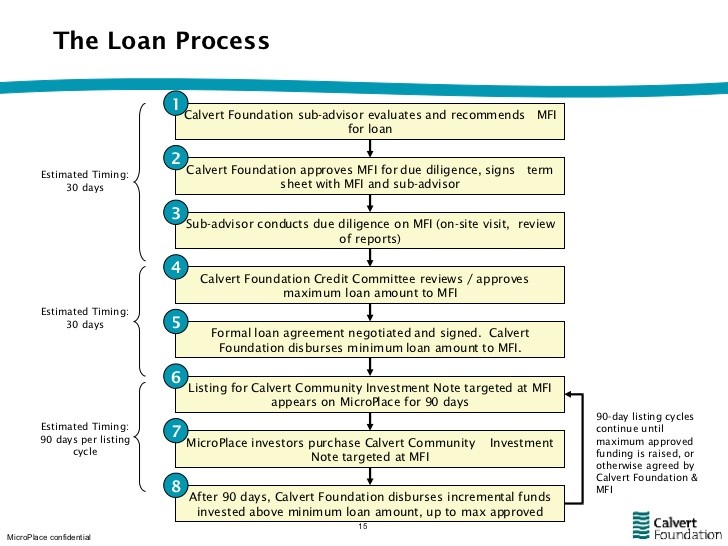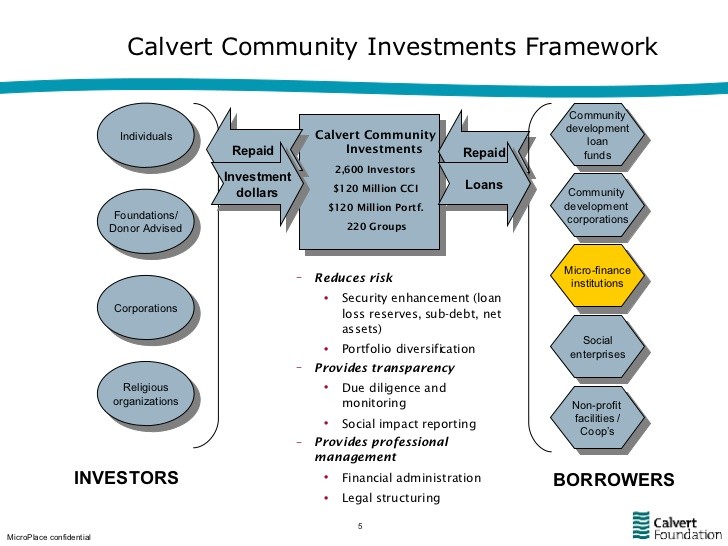Calvert Investments SubAdvisor Selection Process
Post on: 16 Март, 2015 No Comment

Institutional Investors
With over $13.5 billion in assets under management, Calvert Investment Management, Inc. (CIM) oversees a carefully selected group of premier institutional money managers.
To evaluate and recommend prospective portfolio mangers and to monitor firms on an ongoing basis, we employ Calvert’s Basic 6 ® framework, our proprietary approach to identifying, engaging, and monitoring equity sub-advisors.
The routine, quarterly process starts with a review of a fund’s three-year performance versus its benchmarks as of the most recent calendar quarters. Should the review reveal sub-standard performance, a more exhaustive Basic 6 review is undertaken. The results from this comprehensive review will dictate further decisions regarding the fund manager’s tenure.
A closer look at Calvert’s Basic 6:
1. Alignment of fund manager’s philosophy and fund’s objective
Calvert Equities performs an in-depth assessment of prospective and incumbent managers — from both qualitative and quantitative perspectives — to ensure that their style, strategy, and investment process are consistent with each fund’s investment objective.
- Evaluate the statistical fit of the investment process to the fund’s benchmark.
- Review buy and sell disciplines.
- Assess risk control consideration and measures.
- Verify the firm has access to sufficient resources and systems to effectively implement the process.
2. Performance
While past returns are important in assessing a manager, they do not by themselves, provide the full picture. We want to know how past returns were achieved and how the portfolio responded to shifts in economic conditions, the market environment, and other events and trends. In other words, no single performance measure can contain sufficient information to evaluate a potential manager, thus a multidimensional approach is employed.

- Evaluate historical performance relative to peer groups and style-specific benchmarks.
- Employ multiple time frames, including rolling annualized observations.
- Analyze performance relative to bull and bear market environments. It’s important, for example, to evaluate sub-advisor performance in the context of the overall market and relative to peer managers practicing the same style and strategy.
- Perform monthly and quarterly attribution analysis at multiple levels and evaluate sources of benchmark-relative returns.
3. Consistency and quality of investment process
It is of the utmost importance that the investment strategy and style be clearly defined, articulated, and implemented. When a manager’s style or strategy is out of favor, it may turn in performance that lags the market. In these instances, patience is a virtue. We want to be confident that the firm will adhere to its disciplines — and not abandon them in the interest of chasing returns.
- Evaluate consistency of manager’s style and approach under various market conditions.
- Analyze whether sources of excess performance are attributable to stock selection skill or systematic risk control factors.
4. A firm of high quality
The key question is whether all the firm’s resources are deployed to produce good investment returns for clients. Are the manager’s incentives consistent with client interests? When we evaluate the investment management talent, we gauge its depth and breadth. There should be ongoing evidence that the investment team has a high level of trust among colleagues — levels usually forged over long timeframes and by working in different market conditions. The four points below explain our process in identifying high-quality firms:
- Conduct on-site due diligence visits to review and evaluate the effectiveness of the investment team and its processes.
- Review firm’s structure, ownership, incentives, and compliance capabilities.
- Assess firm’s business, financial, regulatory, and legal health.
- Review firm’s published policies to ensure compliant and ethical conduct.
5. Commitment to Calvert
We evaluate the manager’s commitment to integrating their investment process with Calvert’s SRI philosophy and investment process so that our portfolio’s gain the Equity Edge.
- Ensure that management is committed to continuously keeping Calvert informed of any changes.
- Verify availability and access to portfolio managers and other investment management professionals.
- Analyze ongoing ability for managers to integrate their investment process with Calvert’s ESG (environmental, social, and governance) criteria.
6. Effective Communication
We believe portfolio managers should clearly articulate their strategy and decision-making process, and be open, candid, and accessible. It’s important to know what resources are made available.
- Evaluate manager’s ability to effectively communicate the investment style, strategy, and process.
- Evaluate manager’s ability to effectively assist and support Calvert’s efforts to communicate with institutional investors and investment consultants.














